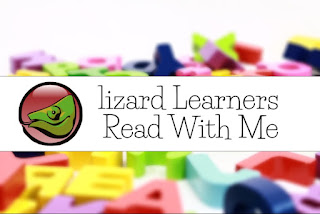Unlocking Literacy: The Power of Phonics

In the realm of early childhood education, few methodologies hold as much weight and promise as phonics. Phonics, the method of teaching reading and writing by correlating sounds with symbols , forms the bedrock upon which proficient literacy skills are built. At its core lies a simple yet profound principle: the recognition and manipulation of phonemes—the smallest units of sound in a language. Let's embark on a journey through the world of phonics, starting with six foundational phonemes: s, a, t, p, i, n . These seemingly humble sounds are the building blocks upon which countless words are constructed. Through understanding their significance and mastering their combinations, learners unlock the ability to decode and comprehend a vast array of written language. Sounding Out Success : Picture a young learner encountering the letters 's,' 'a,' 't,' 'p,' 'i,' and 'n' for the first time. With guidance, they learn to associate each symb...






